Most people understand significant accomplishments can occur through a cohesive team, and yet few organizations get the results from their teams that they expect.
“Coming together is a beginning. Keeping together is progress. Working together is success.“
Henry Ford
Whether it’s a front-line team in operations or a boardroom meeting, getting into alignment, as a team is often 90% of the challenge when it comes to a new product, fulfilling a client’s needs, or even company strategy. Lack of alignment as a team can be a highly debilitating, and costly problem.
There are rarely major disputes or fundamental differences getting in the way of progress. Rather, it boils down to a lack of mutual understanding and trust among teammates – even at the senior executive level. And when that happens, teamwork issues can seriously block progress
Many people do not know how to navigate through the four natural stages of building a strong and authentic team. They don’t know how to weather them and become a group that behaves in a functional, cohesive way no matter what. Any dysfunction in part of your organization generally infects the whole and impedes and can even prevent your company from fulfilling its purpose.
The Four Natural Stages to Navigate to Become an Authentic Team
- Pseudo-community. It’s a stage of pretense. The group pretends it already is a community, that participants have only superficial individual differences and no cause for conflict. If someone says something that offends or evokes a painful feeling or memory, you pretend it hasn’t bothered you. If disagreement or other unpleasantness emerges, you change the subject. The communication is filled with generalizations. It’s polite, inauthentic, boring, sterile, and unproductive.
- Chaos. Over time profound differences emerge so the group enters the stage of chaos and not infrequently self-destructs. The theme of the stage of chaos is the attempt to obliterate such differences. This is done as the group members try to convert, heal, or fix each other or else argue for simplistic organizational norms. It is an irritable and irritating, thoughtless, rapid-fire, and often noisy win/lose type of process that gets nowhere.
- Empty. If the group can hang in together through this unpleasantness without self-destructing or retreating into pseudo-community, then it begins to enter “emptiness.” This is a stage of hard, hard work, a time when the members work to empty themselves of everything that stands between them and community. And that’s a lot: prejudices, snap judgments, fixed expectations, the desire to convert, heal, or fix, the urge to win, the fear of looking like a fool, the need to control. Other things may be exquisitely personal: hidden griefs, hatreds, or terrors. It’s a time of risk and courage. Without the right support, the transition from chaos to emptiness is seldom dramatic and often agonizingly prolonged.
- Community. The shift into community is often quite sudden and dramatic. Once the members have become empty of expectations and fears from the past and future and have made room to communicate with meaningful disclosure and receptivity, the change is palpable. A spirit of peace pervades. There is more silence, yet more of worth gets said. The people work together with an exquisite sense of timing. They have become a community ready to go to work-making decisions, planning, negotiating, and so on-often with phenomenal efficiency and effectiveness.
This article was published in the column in the St. Louis Small Business Monthly, June 2013




